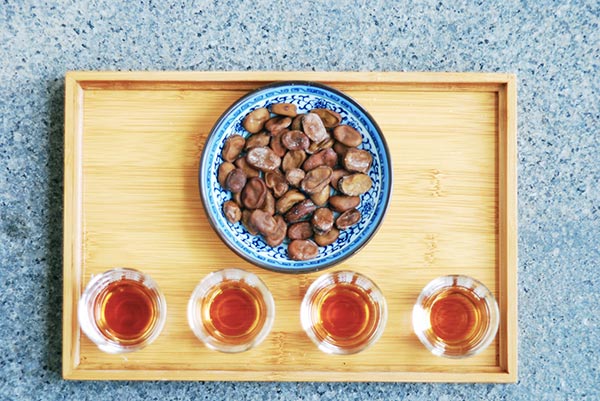Unbottling Shaoxing's culinary palate pleaser
Discerning North from South China is a perilous game of approximations. Geographers will unfurl a map and gesture to the Huai River that slices through Anhui's midriff before disemboweling into the Yangtze River, sociologists will pit gregarious northern individualism against laid back southern collectivism, and foodies will pivot a chopstick towards the noodle vs. rice dichotomy.
But after several days immersed amongst Shaoxing's tastefully grayscale houses and becoming bloated with sumptuous local food and wine, another metric avails itself - southern rice wine vs. northern baijiu.
In Shaoxing, yellow wine is the rice-based tipple of choice and if north and south were to be drawn up along alcoholic lines the Zhejiang city would be at the southern kingdom's epicenter.
This schism in alcohol consumption was historically sown by climatic differences, one between the warmer south, capable of growing rice, and the north that fermented sorghum beans to keep warm on bitter winter nights.
With an industry record 5 billion tons produced in the past year, yellow wine is hardly a baby in the national alcohol cabinet, however, its status in China's drinking culture is meek compared to the stronger, clearer colored spirit whose presence at dinner tables and celebratory occasions is as ubiquitous as an exclamation of ganbei.
Yet unlike baijiu, the drink of the south is more than simply a businessman's toast or New Year's nectar of choice, it is a succulent and versatile cooking staple.
In times of scarcity, farmers have been known to boil an egg in yellow wine as a simple, warming, and nutritious meal and this attests to the alcohol's prominent status in southern kitchens.
"Yellow wine is a key ingredient in the diet of Shaoxing people. It's a flavor used in many dishes. It increases the aroma of dishes," says Zhu, a local chef who has worked at Shaoxing Hotel for more than 30 years.

















